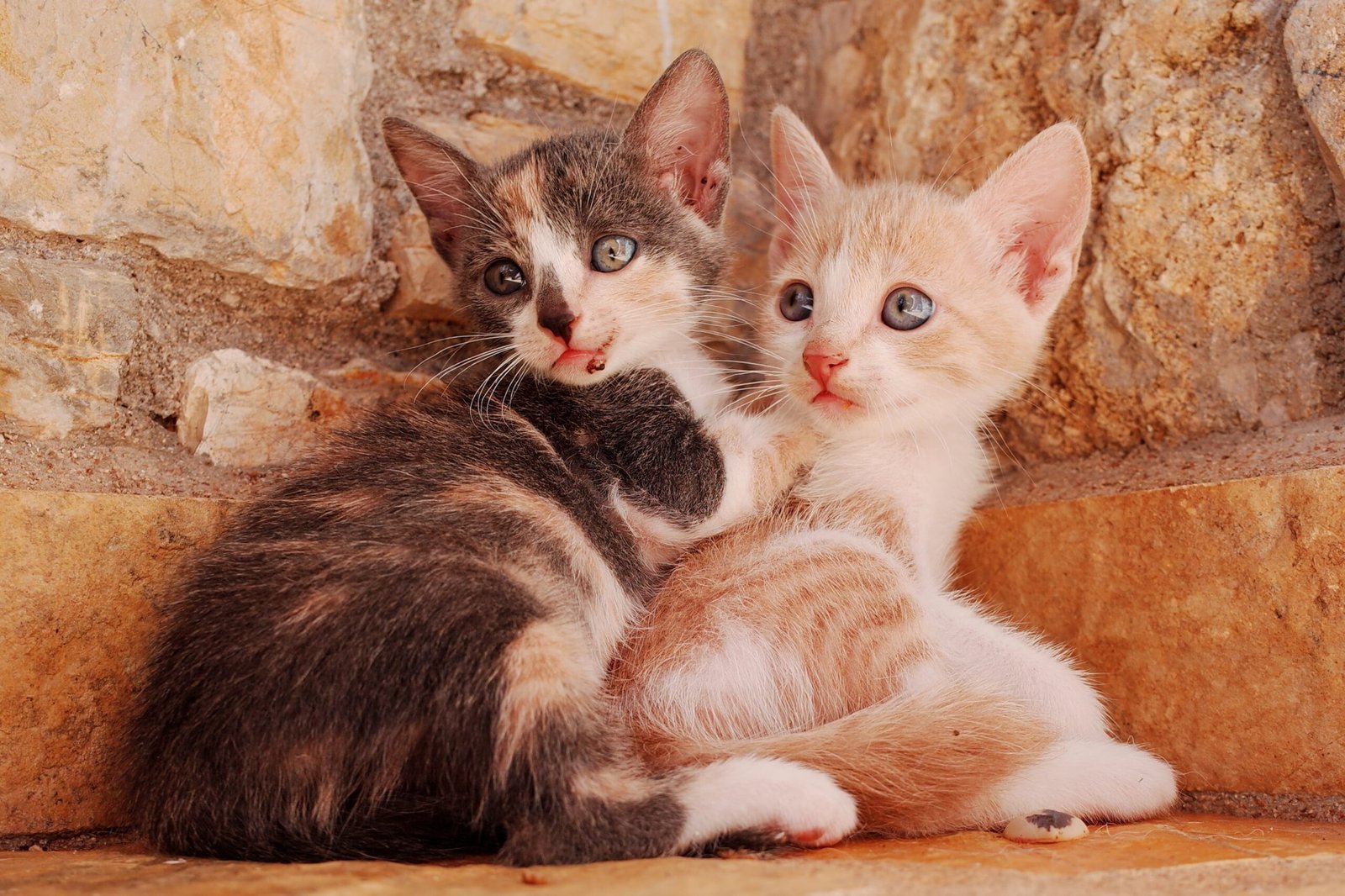Cats’ dental health is a crucial aspect of their overall well-being, yet it is often overlooked. By understanding the number of teeth cats have, their function, and how to maintain their oral health, you can prevent potential health issues and ensure your feline friend stays in paws-itively good shape.
An Overview of Cat Dental Anatomy
Cats, like other mammals, have various types of teeth, each serving a distinct purpose. Let’s take a closer look at these different types:
1. Incisors: These tiny teeth, located at the front of the mouth, are primarily used for grooming and picking up objects. They are essential for cats to keep their fur clean and tidy.
2. Canines: Cats have long and pointed canines, which are designed for tearing flesh. These teeth play a crucial role in a cat’s hunting and feeding behaviors.
3. Premolars: Situated at the sides of the mouth, premolars are used for shearing and cutting into food. They help cats tear apart their prey or chew their food into smaller pieces.
4. Molars: Located at the back of the mouth, molars are used for grinding food into smaller, digestible pieces. These teeth are vital for proper digestion and nutrient absorption.
The Normal Number of Teeth in Cats
On average, adult cats have 30 teeth. However, it’s important to note that the exact number can vary depending on the breed and the individual cat. Some cats may have slightly more or fewer teeth than the average, while others may lose or gain teeth throughout their lifetime due to various factors such as age, diet, and dental health.
The Development of Kitten Teeth
Similar to human babies, kittens undergo a teething process. They are born without teeth, but their baby teeth, also known as deciduous teeth, start to erupt around 2 weeks of age. These tiny and sharp teeth are crucial for kittens to start exploring their environment and begin weaning onto solid foods.
As kittens grow, their baby teeth will gradually be replaced by adult teeth, a process known as tooth eruption. By the time a kitten reaches around 6 months of age, they should have a full set of adult teeth.
Dental Health Issues in Cats
Just like humans, cats can also suffer from a variety of dental problems. Some common issues include:
- Dental Plaque and Tartar Buildup: Over time, bacteria in the mouth can form a sticky film called plaque, which can harden into tartar. This buildup can lead to gum inflammation, bad breath, and tooth decay if not properly addressed.
- Gum Disease: Gingivitis, an inflammation of the gums, is a common dental problem in cats. If left untreated, it can progress to periodontal disease, which can cause tooth loss and even affect the overall health of the cat.
- Tooth Decay: Cats can develop cavities, especially if their diet includes a lot of sugary or acidic foods. Tooth decay can be painful and may require dental treatment to prevent further complications.
- Tooth Fractures: Cats can sometimes experience tooth fractures, often due to trauma or chewing on hard objects. A fractured tooth can cause pain and may require extraction or other dental procedures.
Regular dental check-ups and good oral hygiene are essential to prevent these dental issues and ensure your cat’s oral health. It’s important to pay attention to any signs of discomfort, such as difficulty eating, drooling, or pawing at the mouth, as these may indicate underlying dental problems.
Maintaining Good Dental Hygiene in Cats
To maintain good dental hygiene in cats, consider the following:
- Regular Brushing: Just like humans, cats can benefit from regular brushing. Use a toothbrush and toothpaste specifically designed for cats to remove plaque and tartar buildup. Start slowly and gradually introduce brushing to your cat’s routine.
- Dental Diets and Treats: There are special dental diets and treats available that can help clean your cat’s teeth as they chew. These products are designed to promote oral health and reduce plaque and tartar accumulation.
- Regular Dental Check-ups: Schedule regular dental check-ups with your veterinarian. They can perform a thorough examination of your cat’s teeth and gums, provide professional dental cleanings if necessary, and address any dental issues early on.
- Dental Toys: Providing dental toys, such as specially designed chew toys or dental treats, can help keep your cat’s teeth clean and healthy. These toys can help remove plaque and stimulate the gums.
Remember, maintaining good dental hygiene in cats is an ongoing process. It requires dedication and consistency to ensure your feline friend’s teeth and gums are in optimal condition.
Conclusion
In conclusion, understanding a cat’s dental health is crucial for every cat owner. From the number and type of teeth they have to how to maintain them, proper dental care not only helps prevent potential health issues but also contributes to a cat’s overall well-being. By paying attention to your cat’s oral health, practicing good dental hygiene, and seeking veterinary care when needed, you can ensure your furry friend enjoys a healthy and happy life. So, remember to keep a close eye on your feline friend’s teeth and never underestimate the importance of dental care.











